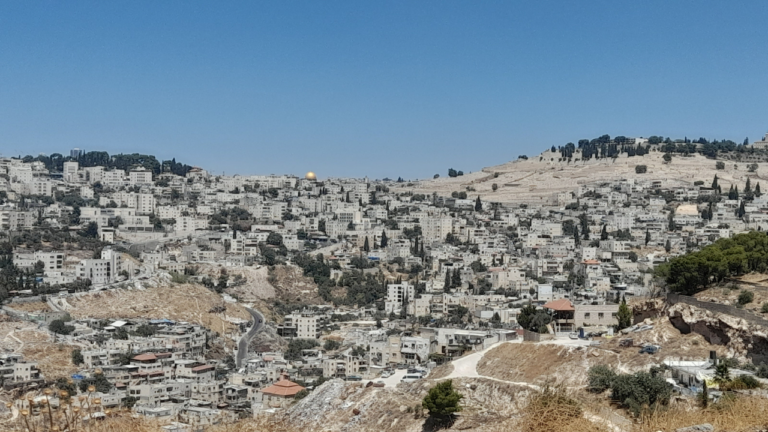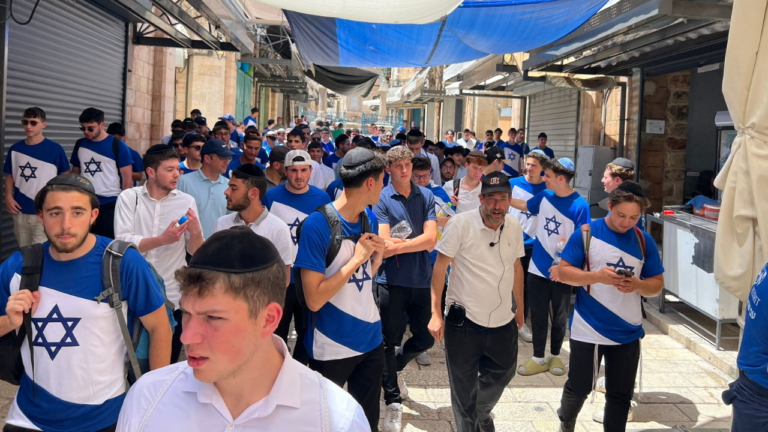Catching the Light of Jerusalem
When describing the mitzvah of bikkurim, the Torah emphasizes that the farmer should put the fruits into a basket for the purposes of bringing them up to Yerushalayim. The Midrash takes this phrase seriously and derives from here that this is a halachik requirement – “Bikkurim require a vessel.” What is the meaning of this law? Why would the farmer not be able to simply carry the fruits themselves to the Holy City?
The Baal Shem Tov has a deep explanation of this law. Hasidic literature often discusses the relationship between “light” and “vessels.” Light refers to the spiritual content of the world – the divine spirit that permeates everything. This divine light is lofty and infinite. By contrast, a “vessel” refers to anything that God created to contain this light, giving it specific shape and structure. The receptacle/vessel also partially conceals the divine light as one only sees the external vessel. In human terms, the entire physical world can be referred to as a “vessel” that contains but also conceals the divine light.
With this background we can approach the Baal Shem Tov’s understanding of Bikkurim. The fruits of the Land of Israel, he argues, are of entirely spiritual content and represent the supernatural and infinite divine light. One would have thought that such infinite and lofty spiritual content would be self-sufficient and not require any vessel. Would it not be better for such lights to remain in their primal form?
To counter this idea, the Torah emphasizes that even Bikkurim, even the most sublime spirituality, requires a basket – or a vessel to contain it. The Torah’s vision includes the fusion of the lights and the vessels. Spirituality must be “grounded” and connected to the physical world.
This idea of the connection between the spiritual light and the material vessels permeates the city of Yerushalayim. On the one hand, Yerushalayim represents great spiritual light. There is a “Yerushalayim shel Ma’alah” – a heavenly Yerushalayim where God sits and runs the world. This Yerushalayim represents a deep and spiritual connection to God.
This alone, though, is not enough. Our job is to ensure that this spiritual potency does not remain in the heavens but is “grounded” and accessible to human beings living lives here on earth.
This entails a two fold task. First, we need to physically build the Yerushalayim shel Matah – the terrestrial city of Yerushalayim. It must be a large and beautiful city, worthy of being the capital of the Jewish people. Then, more importantly, our mission is to unite the two Yerushalayims. We must infuse the physical city – the “vessel” – with the infinite light of spirituality, combining the Yerushalayim shel Ma’alah with the Yerushalayim shel Matah. This fusion of the “light” and the “vessel”, of spirituality with daily living, will lead to the ultimate redemption.



